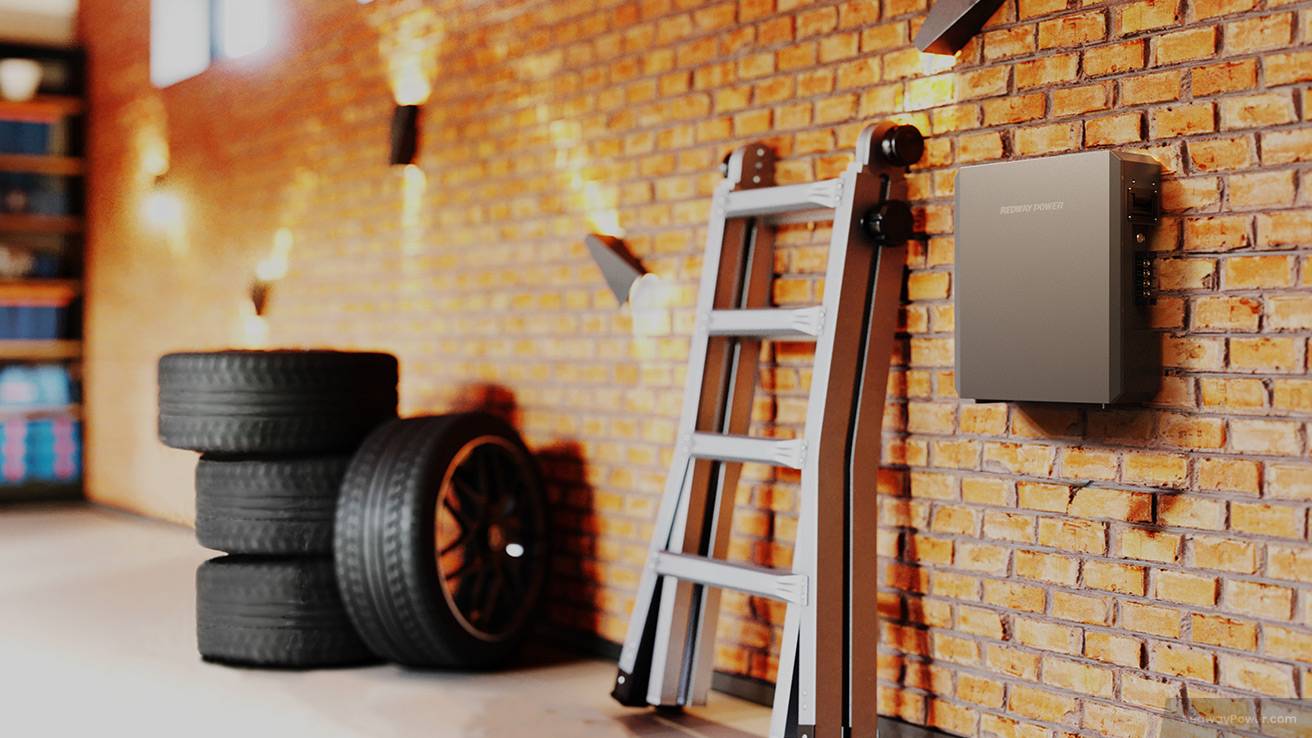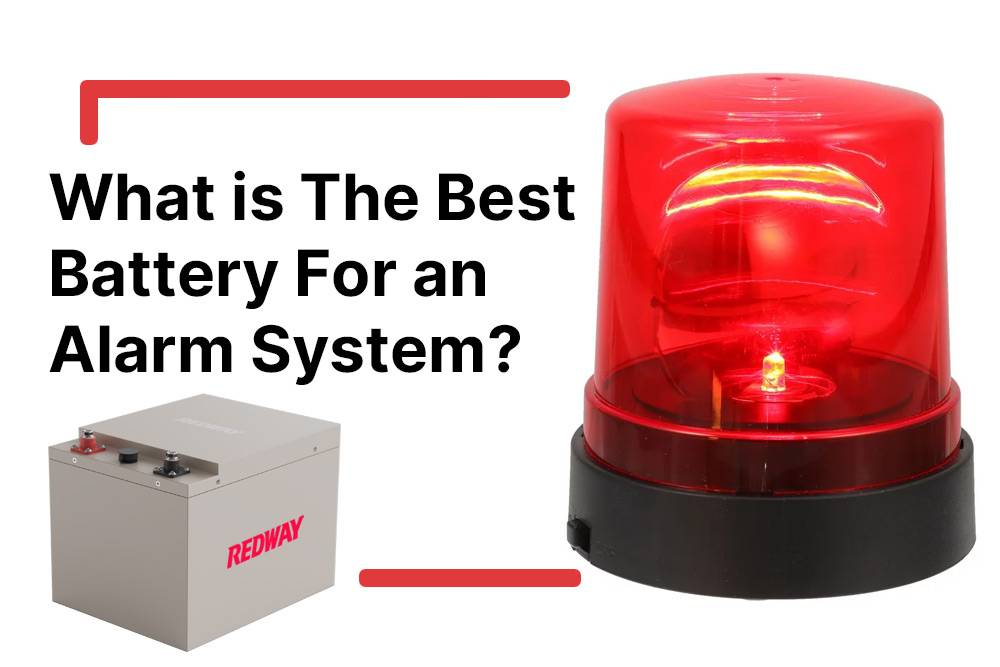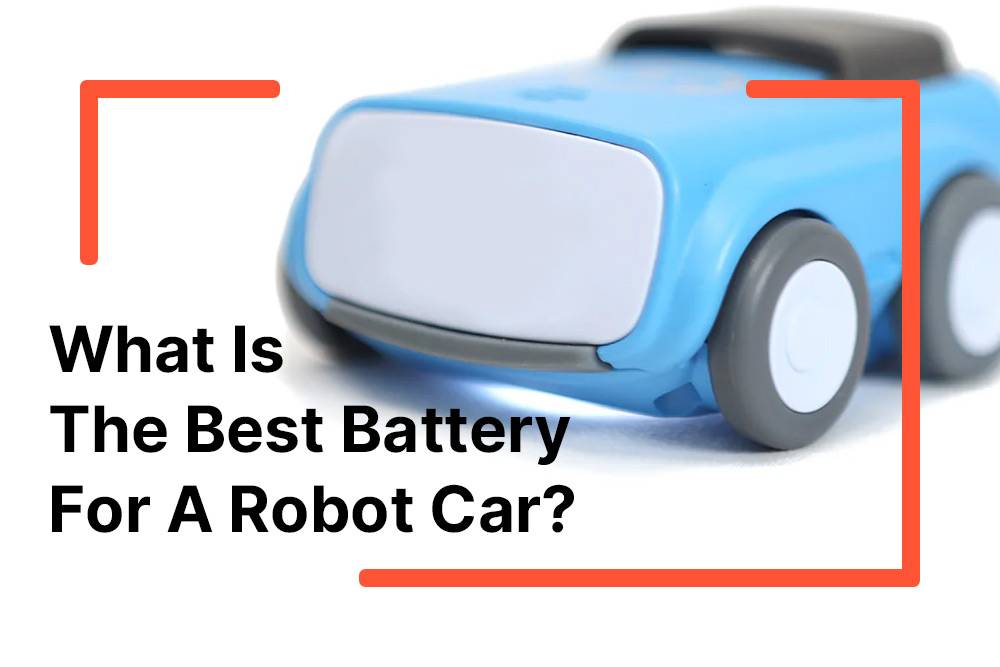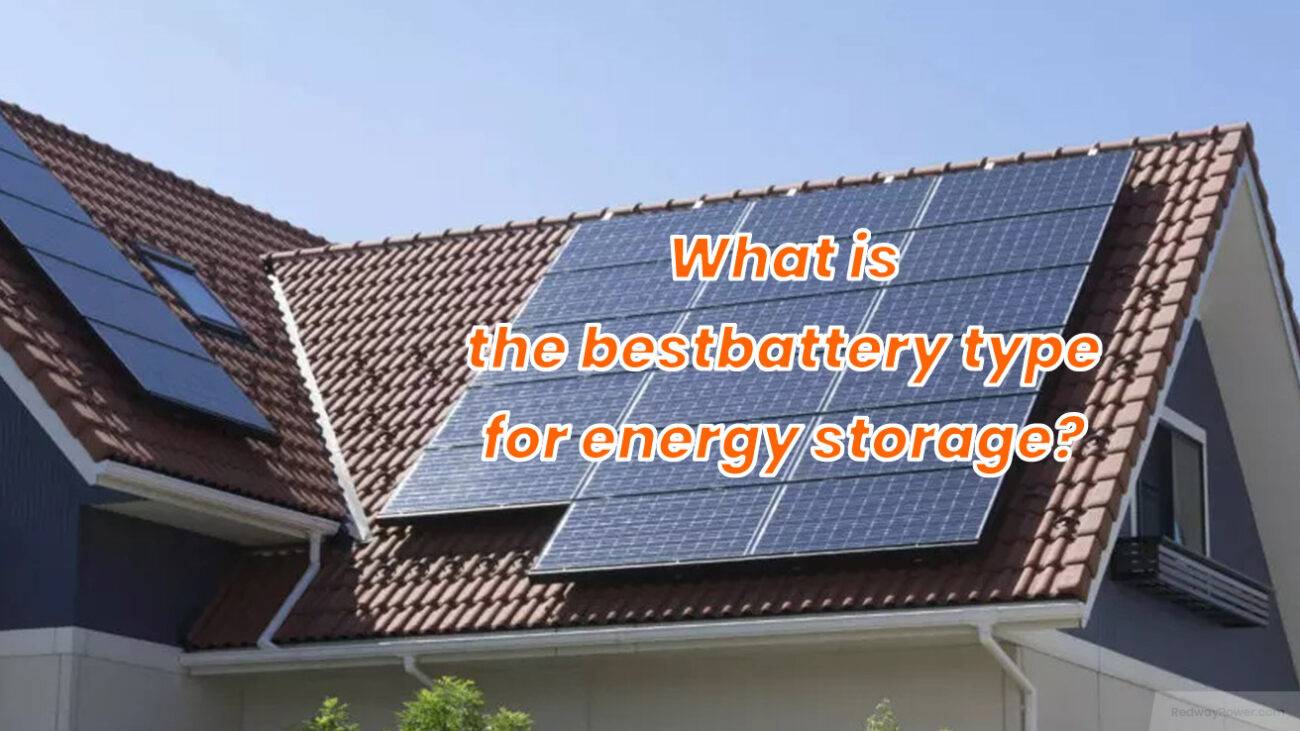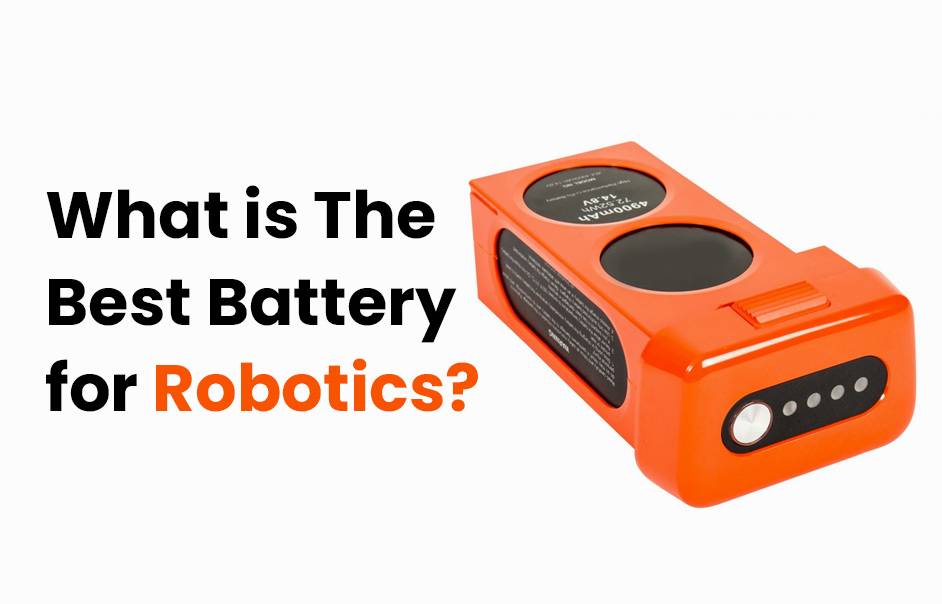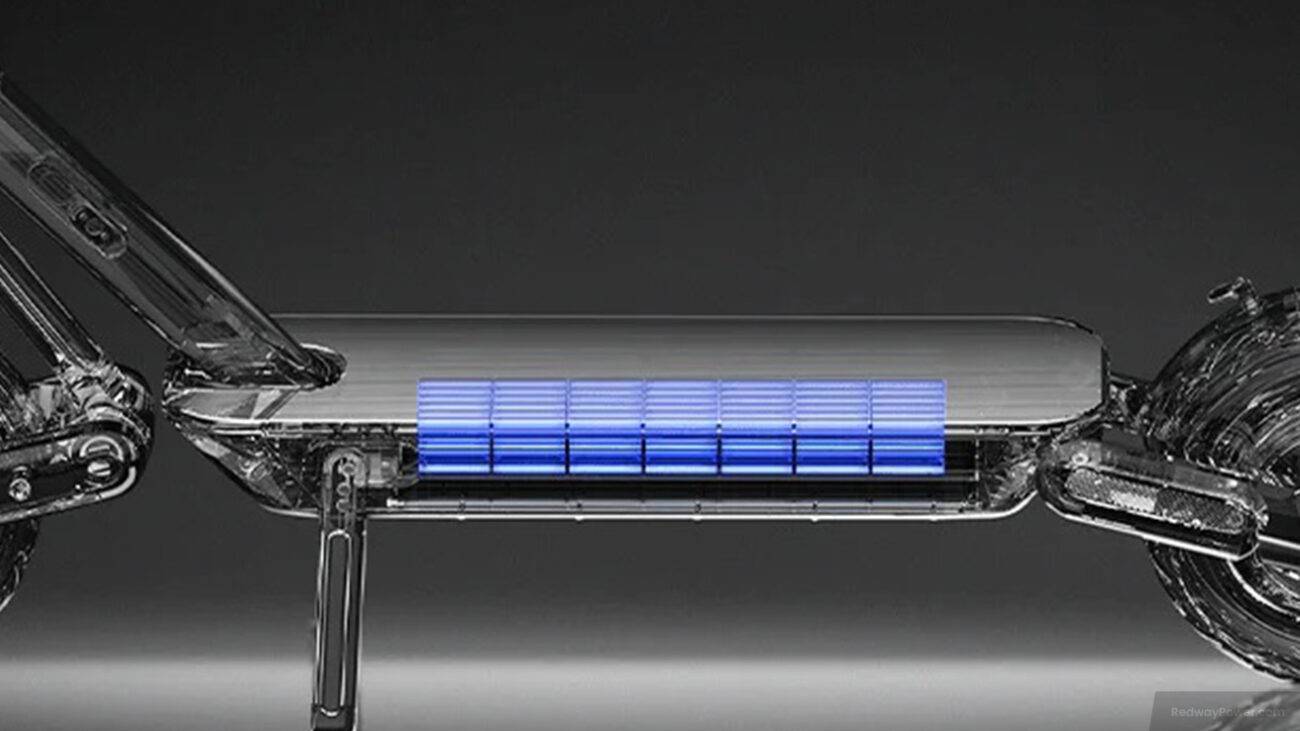Powering your home is now a game-changer with the emergence of home batteries. No longer limited to remote controls, batteries can now energize entire houses, transforming how we manage energy consumption. This blog post dives into the world of home batteries, guiding you to choose the best one for your needs. Unleash the potential of battery power and take charge of your home’s energy like never before!
Factors to Consider When Choosing a Battery for a House
Selecting a battery for your home involves crucial factors to ensure efficient power supply. Here’s a concise guide:
- Capacity Matters: Prioritize the battery’s capacity, determining how much energy it can store and deliver. Ensure it meets the demands of all household appliances for uninterrupted power.
- Check Cycle Life: Assess the battery’s cycle life, indicating how many charge-discharge cycles it can endure. Longer cycle life ensures sustained performance over an extended period.
- Efficient Charging: Opt for a battery with high charging efficiency, especially if utilizing renewable sources like solar panels. Quick and efficient charging maximizes the use of sustainable energy.
- Prioritize Safety: Look for safety features like overcharge protection, short circuit protection, and temperature regulation to safeguard your home and the battery system.
- Consider Costs: Keep budget in mind; various battery types come at different price points. Choose one that aligns with your financial plan while meeting your home’s energy requirements.
By carefully considering these aspects, you can confidently choose a home battery system that ensures efficient and reliable power for your household.
Types of Batteries Available for Home Use
Selecting a battery for your home involves considering various options, each with its own pros and cons. Here’s a quick rundown to help you make an informed decision:
- Lead-Acid Batteries:
- Advantages: Reliable and cost-effective.
- Considerations: Require regular maintenance and ventilation due to acid content.
- Lithium-Ion Batteries:
- Advantages: Lightweight, compact, and high energy density.
- Considerations: Higher upfront cost but longer lifespan.
- Nickel-Cadmium (NiCd) Batteries:
- Advantages: Good performance in extreme temperatures and high discharge rates.
- Considerations: Contain toxic materials (cadmium) and require proper disposal.
Evaluate these factors, including cost, lifespan, maintenance, and environmental impact, based on your budget and energy needs. Additionally, consider pairing your chosen battery with renewable sources for a more sustainable home energy solution.
Comparison of Lead-acid, Lithium-ion, and Nickel-cadmium Batteries
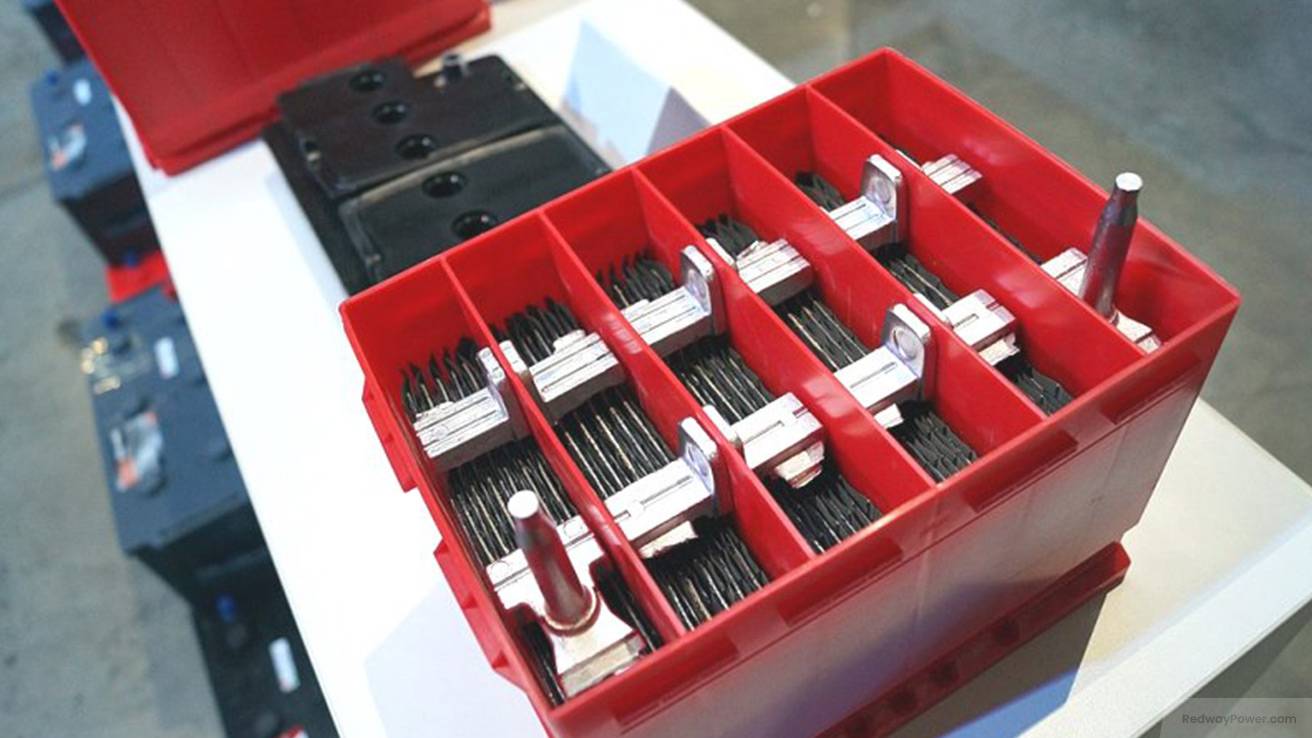
Selecting a battery for your home involves considering three common types: lead-acid, lithium-ion, and nickel-cadmium. Here’s a brief overview:
- Lead-Acid Batteries:
- Pros: Reliable and handle heavy loads.
- Cons: Require regular maintenance and have a shorter lifespan.
- Lithium-Ion Batteries:
- Pros: Lightweight, compact, and longer lifespan.
- Cons: Higher upfront cost, but less maintenance.
- Nickel-Cadmium (NiCd) Batteries:
- Pros: Good energy storage capacity and cycling life.
- Cons: Environmental concerns related to cadmium limit their use.
Consider factors like cost, performance, space, and environmental impact before deciding. Whether you prioritize reliability, longevity, or eco-friendliness, there’s an option for you. Expert advice on renewable energy systems can guide your decision based on budget and sustainability goals.
Pros and Cons of Each Type of Battery
Selecting a battery for your home involves weighing the pros and cons of different types available. Here’s a quick overview:
- Lead-Acid Batteries:
- Pros: Durable and reliable, with a long lifespan.
- Cons: Bulky, heavy, and requires regular maintenance.
- Lithium-Ion Batteries:
- Pros: Lighter, more compact, and higher energy density.
- Cons: Higher cost, but less maintenance required.
- Nickel-Cadmium (NiCd) Batteries:
- Pros: High discharge rates, handles heavy loads, and has a long lifespan.
- Cons: Contains toxic cadmium, less environmentally friendly.
Consider your specific needs and budget constraints before deciding on the battery type that suits your home best. Evaluate factors like durability, maintenance, and environmental impact for an informed decision.
Best Batteries for Different Budgets
Selecting a battery to power your home involves considering various options based on your budget. Here’s a breakdown:
- Lead-Acid Batteries (Budget-Friendly):
- Pros: Affordable and reliable.
- Cons: Less energy density and bulkier.
- Lithium-Ion Batteries (Mid-Range):
- Pros: Higher energy density, longer lifespan.
- Cons: Moderately priced, lighter and more compact.
- Nickel-Cadmium (NiCd) Batteries (High-End):
- Pros: High discharge rates, handles heavy loads, long lifespan.
- Cons: Higher cost, contains toxic materials.
Consider your budget, energy demands, and long-term goals when choosing a home battery. Look beyond the price tag, focusing on factors like capacity, efficiency, and maintenance requirements for a well-rounded decision.
Tips on Maintaining and Extending the Life of Your Home Battery System
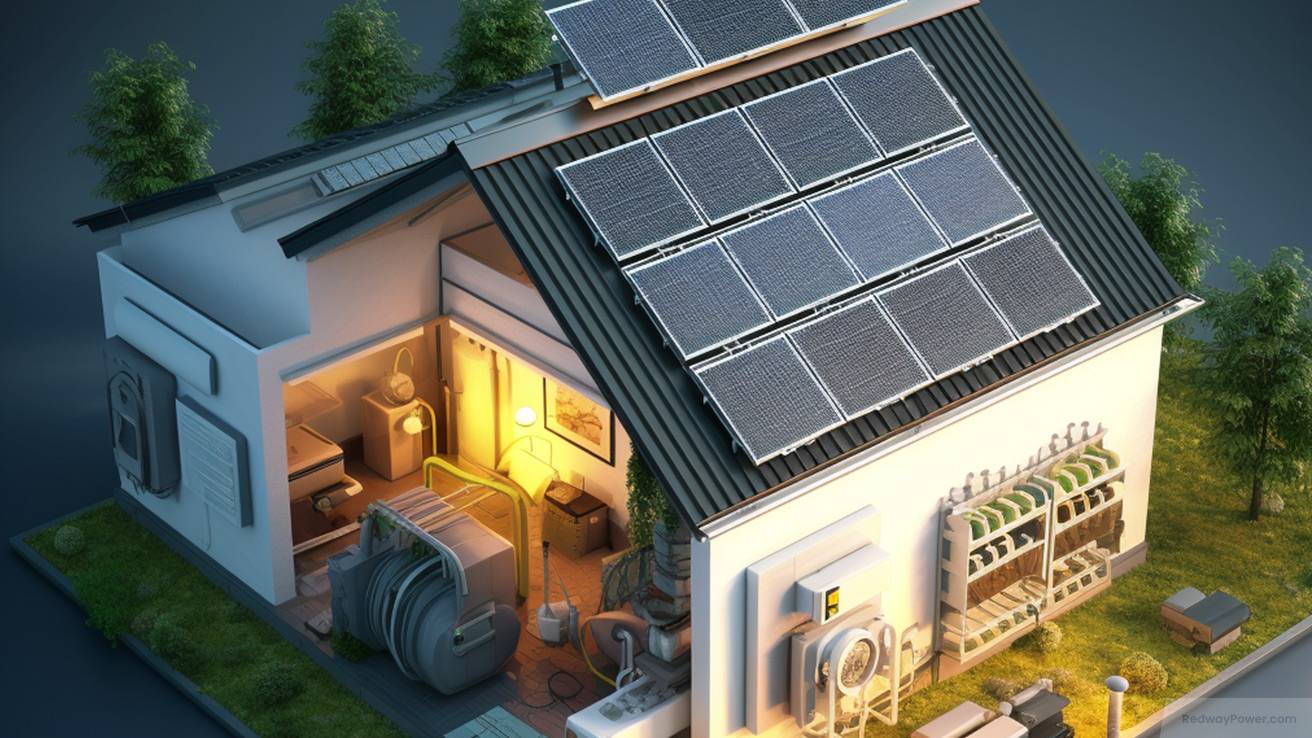
Ensuring the longevity and optimal performance of your home battery system requires proper maintenance. Follow these key tips:
- Regular Inspections:
- Check for damage, corrosion, or loose connections during routine inspections.
- Temperature Control:
- Maintain batteries within the recommended temperature range to preserve efficiency.
- Charge Optimization:
- Charge batteries correctly according to manufacturer guidelines to prevent overcharging or undercharging.
- Prevent Deep Discharges:
- Avoid discharging batteries below a certain level to prevent irreversible damage.
- Cleanliness Matters:
- Keep battery terminals clean to ensure proper electrical conductivity.
- Safe Storage Practices:
- Store batteries in a cool, dry place away from sunlight and potential hazards.
- Impact of Cycling Frequency:
- Mindful cycling – excessive or infrequent cycling may affect battery lifespan.
By incorporating these practices, you can extend the life of your home battery system, ensuring reliable power supply during high-demand periods.
Renewable Energy Sources to Pair with
When selecting a battery for your home, consider complementing it with renewable energy sources for a sustainable and eco-friendly power solution. Explore these options:
- Solar Power:
- Harness sunlight with solar panels, converting it into electricity for immediate use or storage in batteries.
- Wind Power:
- Utilize wind turbines in windy areas to generate electricity, providing an alternative clean energy source.
- Hydroelectric Power:
- Leverage flowing water near rivers or streams for hydroelectric systems, offering a reliable renewable energy source.
- Geothermal Energy:
- Tap into the Earth’s crust heat with geothermal systems, ensuring constant and efficient power throughout the year.
By integrating these renewable sources with a quality battery system, you create an effective off-grid solution, reducing your carbon footprint and saving on utility bills. In conclusion, the combination of the right battery and renewable energy aligns with both environmental sustainability and long-term cost efficiency.

